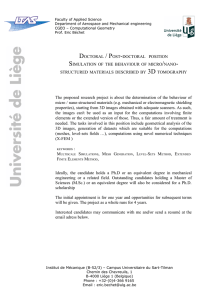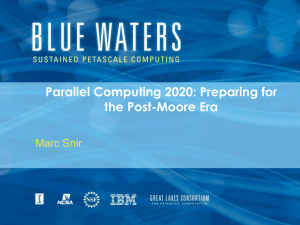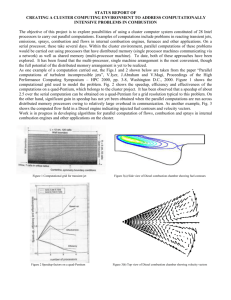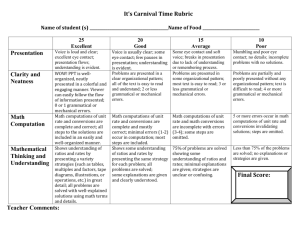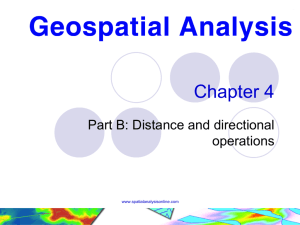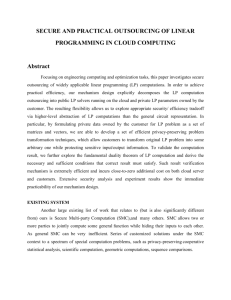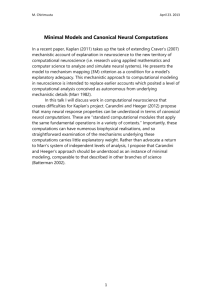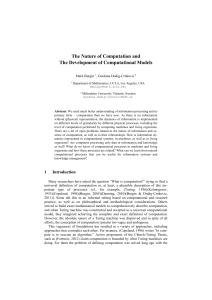Grid Transaction Management Usecases
advertisement
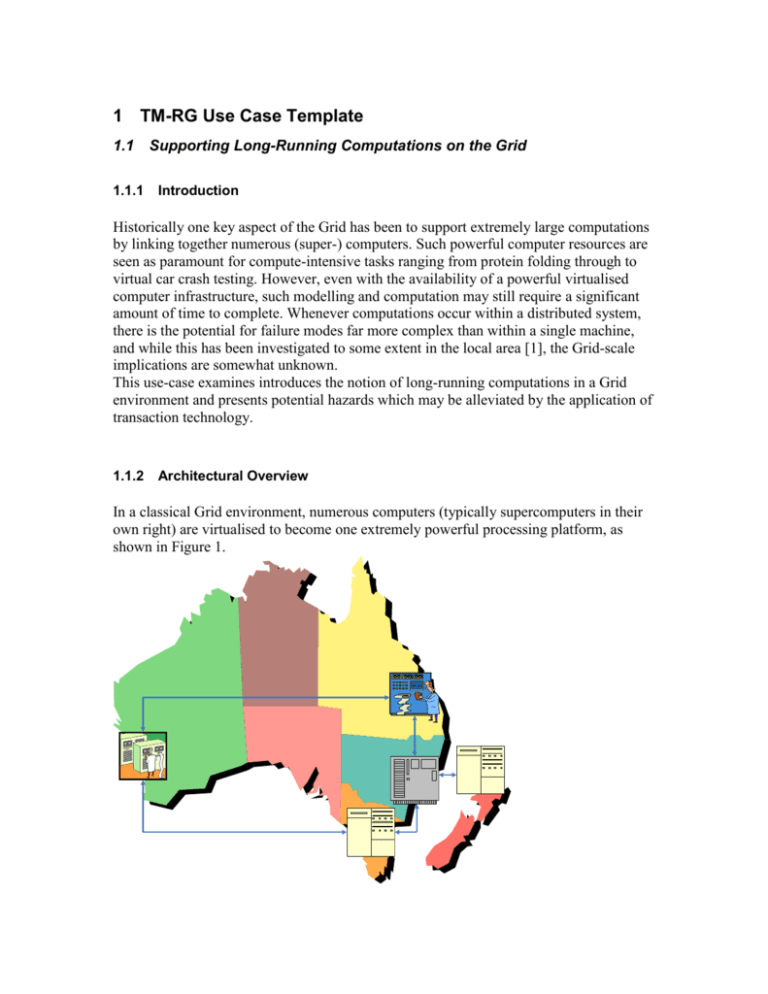
1 TM-RG Use Case Template 1.1 1.1.1 Supporting Long-Running Computations on the Grid Introduction Historically one key aspect of the Grid has been to support extremely large computations by linking together numerous (super-) computers. Such powerful computer resources are seen as paramount for compute-intensive tasks ranging from protein folding through to virtual car crash testing. However, even with the availability of a powerful virtualised computer infrastructure, such modelling and computation may still require a significant amount of time to complete. Whenever computations occur within a distributed system, there is the potential for failure modes far more complex than within a single machine, and while this has been investigated to some extent in the local area [1], the Grid-scale implications are somewhat unknown. This use-case examines introduces the notion of long-running computations in a Grid environment and presents potential hazards which may be alleviated by the application of transaction technology. 1.1.2 Architectural Overview In a classical Grid environment, numerous computers (typically supercomputers in their own right) are virtualised to become one extremely powerful processing platform, as shown in Figure 1. Figure 1 A Virtual Supercomputer In theory, jobs can be submitted to the virtualised computer and reap the benefits of its combined power to execute more complex and detailed models that could be envisioned on any of its constituent (super-) computers. This leap of processing power is extremely desirable from the point of view of the computational scientist, but it does however mean that the system is susceptible to failures which a single physical system may not. 1.1.3 1.1.3.1 Scenario(s) Partial Failure The partial failure scenario is a classic manifestation in a distributed computing environment. Unlike a single computing system where failures tend to be total (the machine is either working or not) in a distributed environment some machines may fail and yet others may continue working normally. In this case we require that the failure of one or more nodes in the virtualised machine does not upset the execution of the computation as a whole, though we would be prepared to accept a performance hit within certain tolerances. 1.1.3.2 Local failure Given that computations are expected to run for a significant amount of time on each processing element of the Grid, there is the chance that a large amount of work may have been completed just prior to a node failure. In this case it would clearly be undesirable to have to repeat that work since it may have taken many hours or days to have made such progress. As such we require a mechanism to periodically make the progress of our computation durable such that in the even of a crash, the computation can resume from a point close to its actual progress rather than restarting from the beginning of the process. 1.1.4 Specific Transactional Requirements For the partial failure case, the transactional requirements are straightforward. Results should not be released to the application as a whole until the sub-computation has completed, lest any partial failures become Byzantine faults in the system as a whole. Preliminary analysis indicates that this would be considered a relatively standard longrunning transaction problem. For the localised failure case, the process needs to be split into sub-processes each of which can be restarted without prejudice in the event of a failure. Preliminary thinking on this matter suggests that a nested transaction model or a checkpointing system may be appropriate. 1.1.5 Summary Long running computations across a virtual computer introduce the possibility failure cases not normally associated with high performance computing on a single physical machine. In particular because of the distributed nature of the computations, partial failures can occur in the system, and because of the long-running nature of the computations there is the possibility of loss of significant amounts of work in the event of failure. tm-rg@ggf.org 2 1.1.6 References [1] Smith, J. Fault-Tolerant Parallel Applications Using a Network of Workstations. Department of Computing Science, University of Newcastle upon Tyne, 1997 British Lending Library DSC stock location number: DXN015493. See also: http://www.cs.ncl.ac.uk/research/pubs/theses/abstract.php?id=22 tm-rg@ggf.org 3
